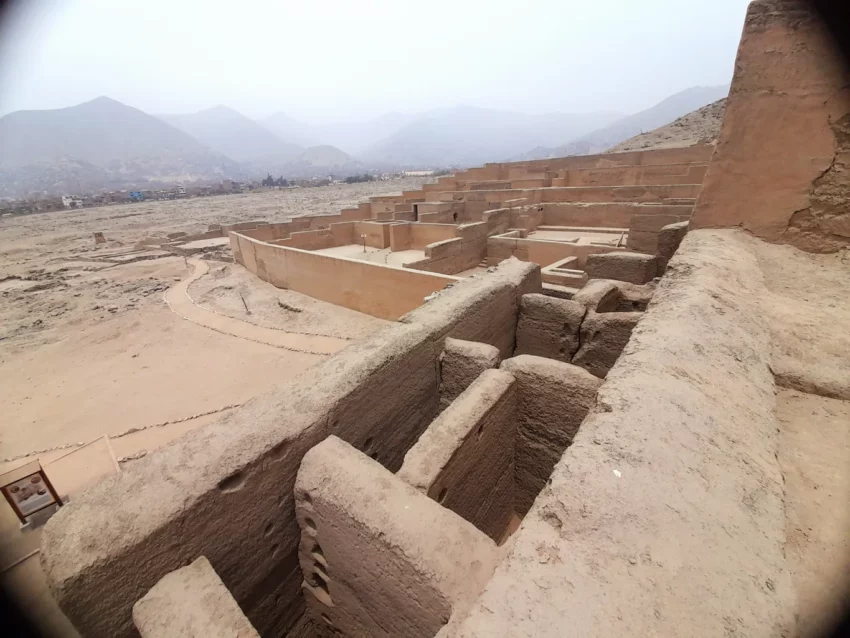Huaycán de Pariachi: An Archaeological Site in Peru
Huaycán de Pariachi is an archaeological site in Huaycán, Ate District, Lima, Peru. It lies south of the Rímac River. The site was part of the Ichma culture and later the Inca Empire.
Get your dose of History via Email
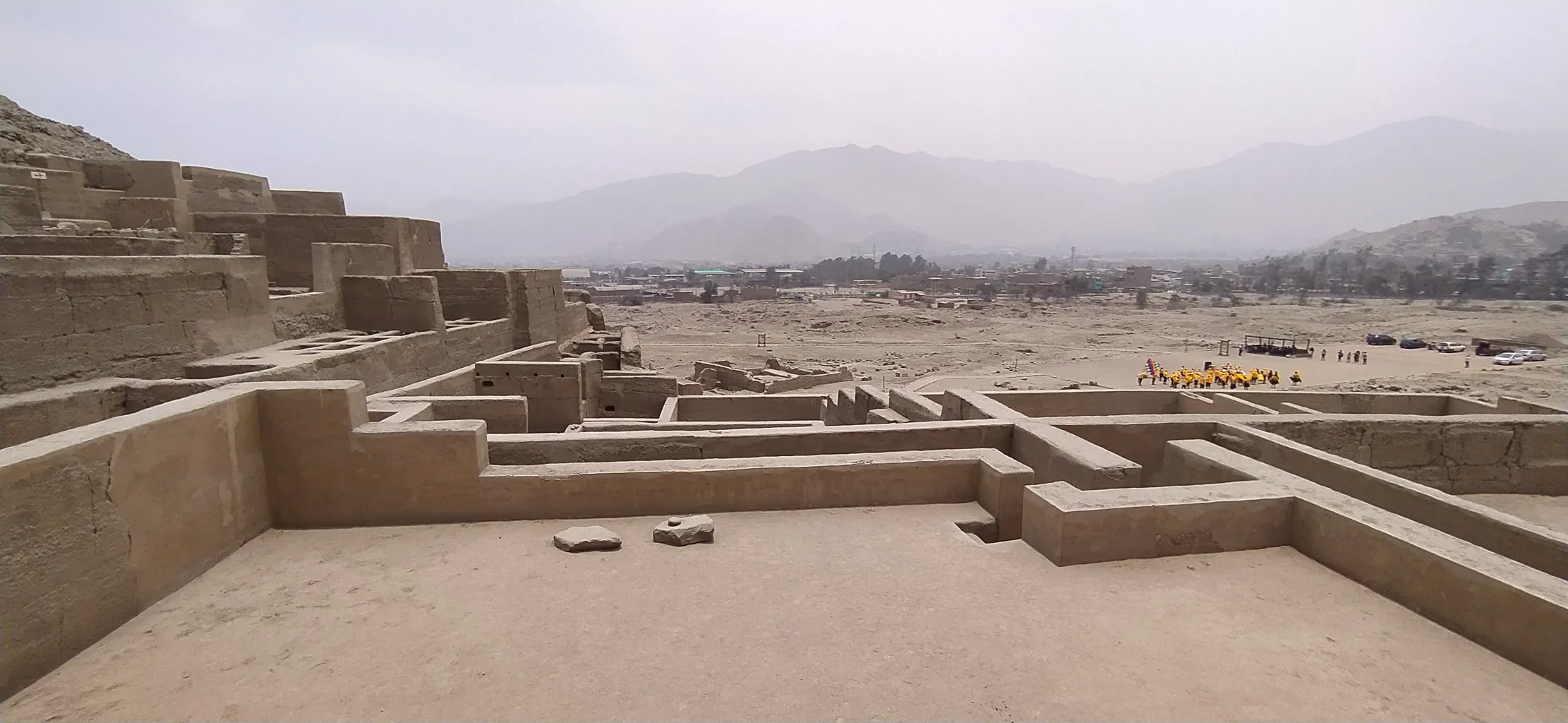
Chronology
Huaycán de Pariachi likely dates back to the Preceramic Period. Studies confirm occupations by the Ychma during the Late Intermediate Period and the Inca during the Late Horizon. The site covers approximately 60 hectares across three sectors. Most visits focus on the restored structure known as the Palacio in Sector 1.
The site was declared a Cultural Heritage of the Nation on October 10, 2000. This declaration came through National Directorial Resolution No. 1189 by the National Institute of Culture, now the Ministry of Culture.
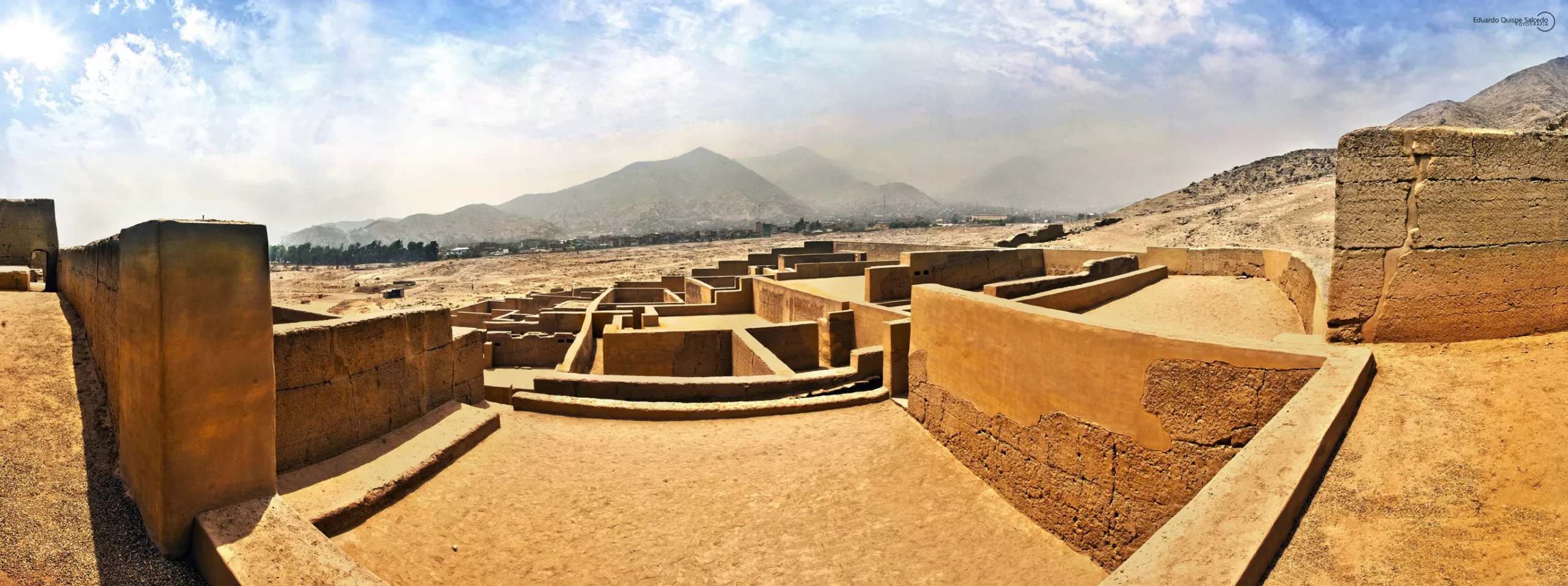
Description
Before the Spanish conquest, Huaycán de Pariachi served as a main administrative center in the middle Rímac Valley. During the Late Intermediate Period (900 – 1450 AD), the Ichma had a significant local presence. This presence lasted until the Late Horizon (1450 – 1532 AD) when the Incas arrived and assimilated them.
Huaycán de Pariachi divides into three sectors.

Sector 1
Sector 1 is the largest and consists of the remains of an ancient population or llaqta. This sector has two zones: elite residences (Palaces) and spaces for domestic, industrial, and ritual purposes.
The restored Palacio uses two construction techniques: rammed earth walls and stone and mud walls. It includes courtyards, open areas with benches, ramps, and niches. Some niches served funerary purposes during the colonial and republican eras. Numerous collqas (deep circular storage deposits) were used for storing food.
Sector 2
Sector 2 lies in front of the main entrance. It features a segment of an elevated walled road. This road was part of the Qhapaq Ñan network during the Late Horizon. It connected Pariacha with other administrative centers in the valley, such as San Juan de Pariachi, Huanchihuaylas (now Santa Clara), and Mama (now Ricardo Palma). The road also connected through the Molle ravine pass with Huaycán de Cieneguilla and the main Qhapaq Ñan road from Hatun Xauxa to Pachacamac in the Lurín Valley.
Sector 3
Sector 3 is separated from the other two sectors. It is located 1 km west of the entrance to Sector 1. This sector covers an area of 18 hectares within a perimeter of 553 meters. It is adjacent to the Horacio Zevallos Housing Development. The structures here have rammed earth walls, although they are in poor condition.
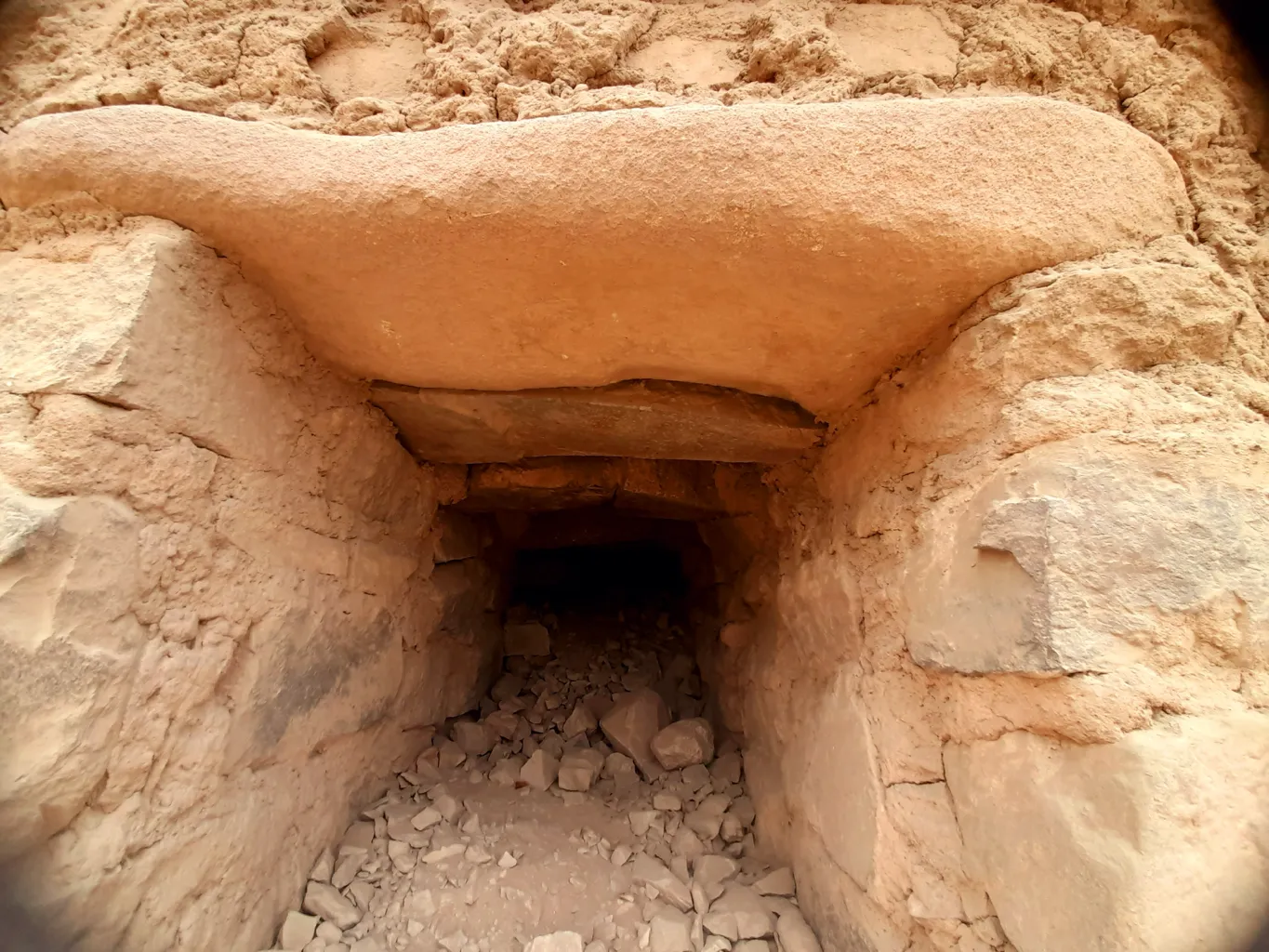
Restoration and Investigations
Huaycán de Pariachi has not been fully investigated. However, numerous archaeologists have visited the site. Dr. Julio C. Tello visited in the 1940s. Arturo Jiménez Borja carried out restoration and conservation work in the 1970s. Archaeological explorations requested by the city of Huaycán before the INC in 1985 helped to delimit its intangible area. In 2015, the Archaeological Research Project of the Ministry of Culture of Peru was carried out.
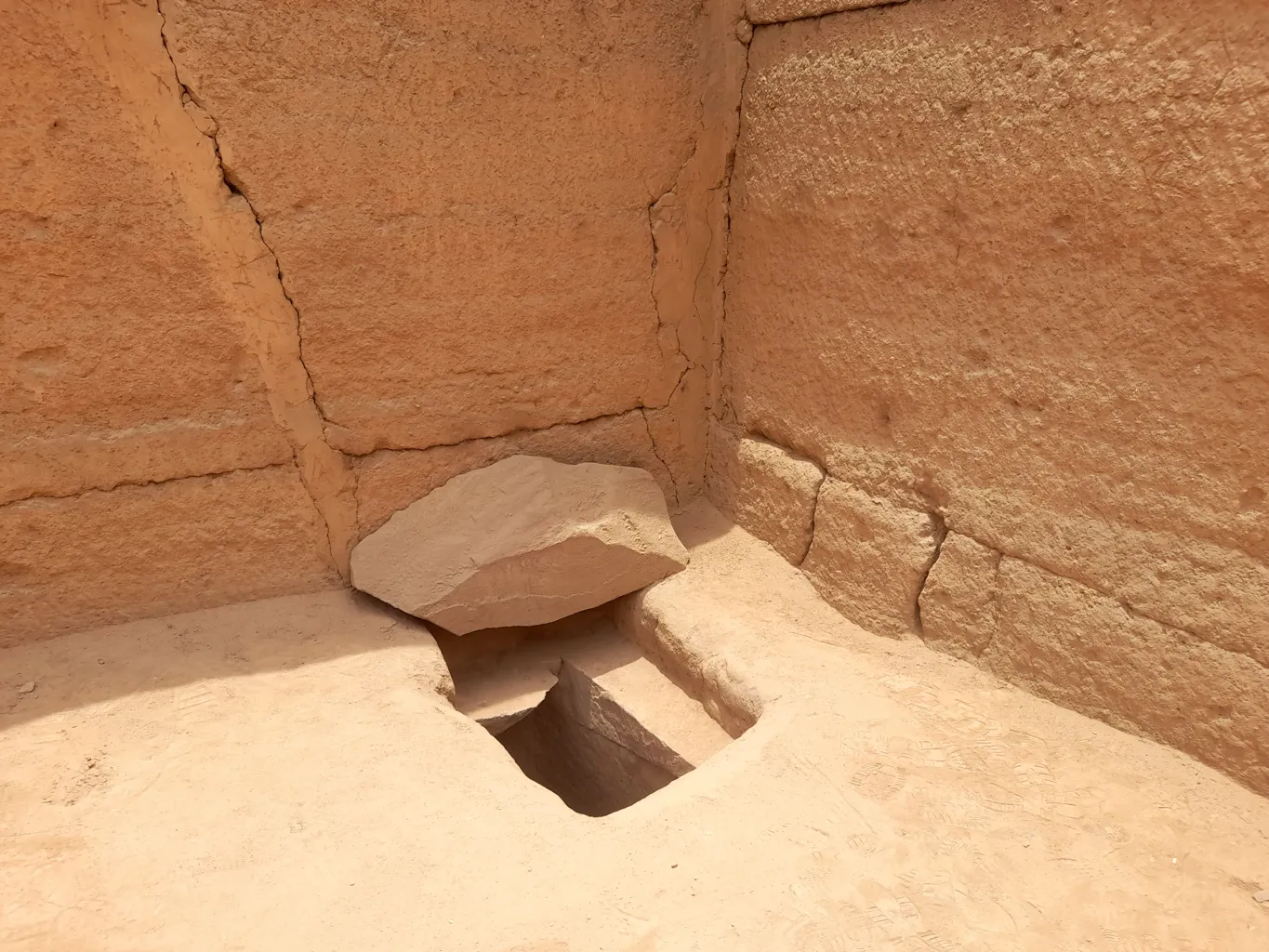
Conclusion
Huaycán de Pariachi remains a significant archaeological site in Peru. Its history spans from the Preceramic Period to the Inca Empire. The site offers valuable insights into the Ichma and Inca cultures. Ongoing research and restoration efforts continue to uncover its historical importance.
Sources: Wikipedia

